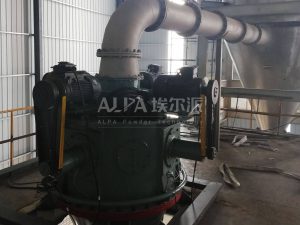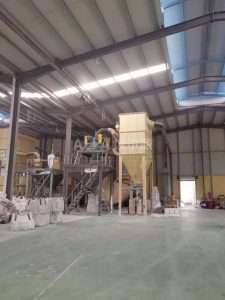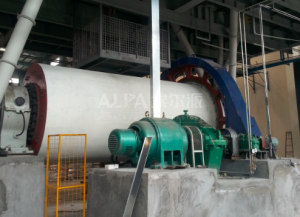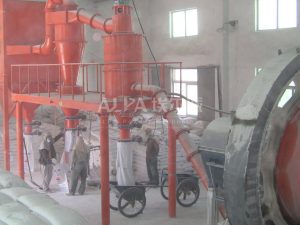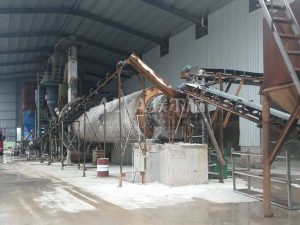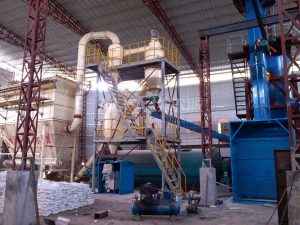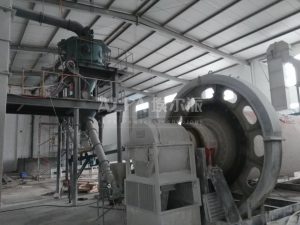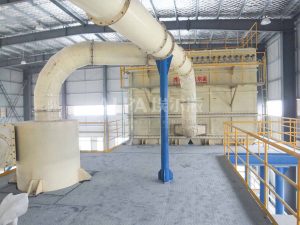for Silica Powder (Ultrafine Quartz Powder)
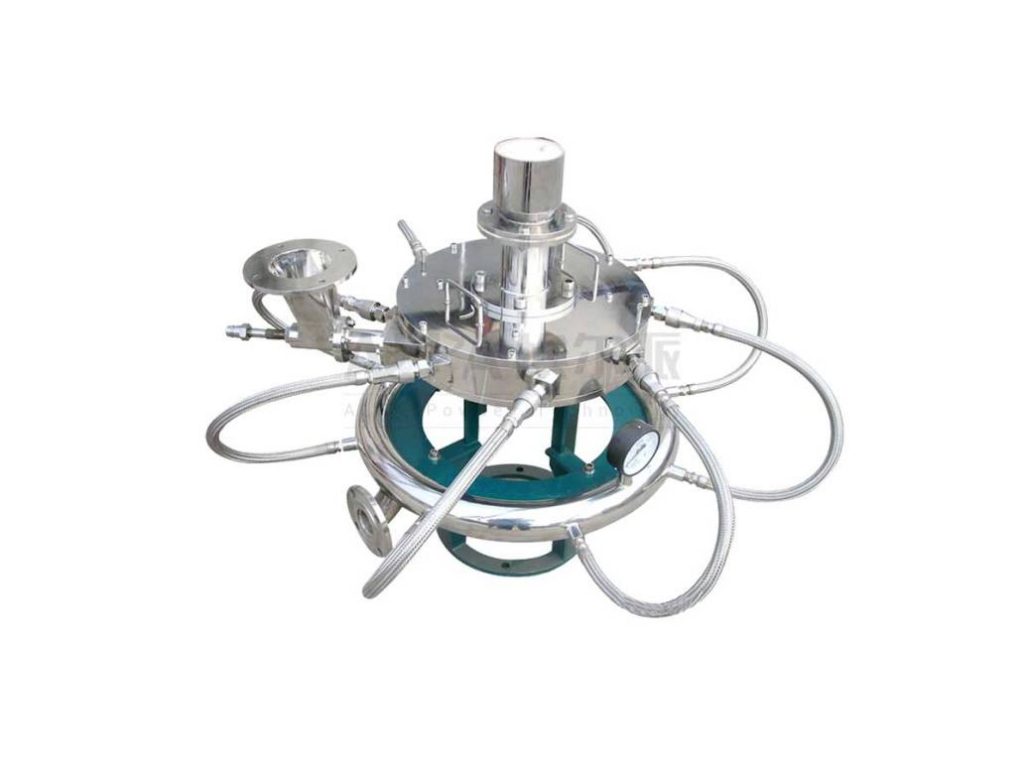
Special Disc Type Jet Mill
No transmission parts, self-grading structure, good particle shape, narrow particle size distribution, more suitable for the dispersion and reduction of aggregates
Product features: a large number of nozzles, high crushing efficiency; no transmission parts, self-grading structure; closed crushing, clean and environmental protection; using program control system, convenient adjustment, easy operation.
Applicable industry: widely used in chemical, pharmaceutical, cosmetics, intermediates, food and other industries raw materials.
Working Principle and Equipment type features
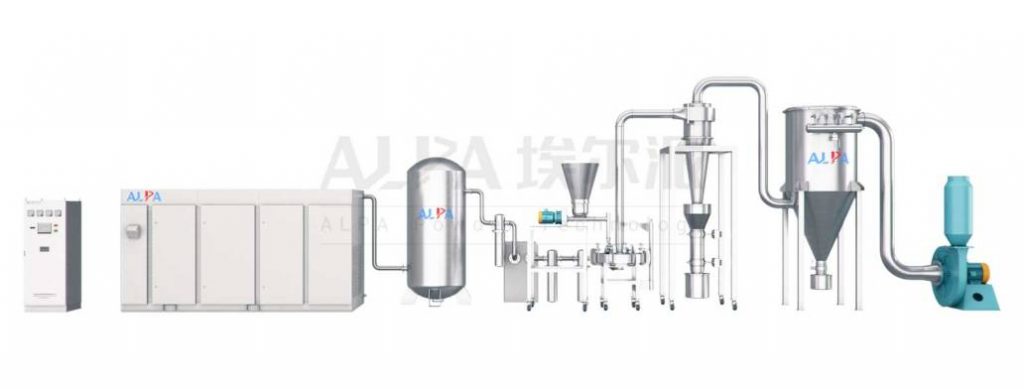
The Jet mill, cyclone separator, dust collector and induced draft fan constitute a complete set of Jet mill system. After filtering and drying, compressed air is injected into the crushing chamber at high speed through Laval nozzle. At the intersection of multiple high-pressure air streams, the materials are repeatedly collided, rubbed and sheared to crush. The crushed materials are separated by centrifugal force. The fine particles that meet the particle size requirements enter the cyclone separator and dust collector through the classification area, and the coarse particles return to the crushing area continue to crush.
Technical Parameters
| Specifications | MQP03 | MQP06 | MQP10 | MQP20 | MQP40 | MQP60 | MQP80 |
|---|---|---|---|---|---|---|---|
| Feeding particle size (mm) | <5 | <5 | <5 | <5 | <5 | <5 | <5 |
| Product particle size (D97: μm) | 8~150 | 8~150 | 8~150 | 8~150 | 10~150 | 10~150 | 10~150 |
| Capacity (kg/h) | 5~100 | 10~200 | 20~400 | 50~800 | 150~1500 | 300~2000 | 400~6000 |
| Air consumption(m³/min) | 3 | 6 | 10 | 20 | 40 | 60 | 80 |
| Air pressure(Mpa) | 0.7~0.85 | 0.7~0.85 | 0.7~0.85 | 0.7~0.85 | 0.7~0.85 | 0.7~0.85 | 0.7~0.85 |
| Installed power(kW) | 26~37 | 47~68 | 68~106 | 145~184 | 276~310 | 402~427 | 520~600 |
Примечание: Производственные мощности, размер материала, удельный вес, твердость, влажность и другие показатели тесно связаны между собой. Параметры, казанные выше, предоставлены для ознакомления. За подробной информацией свяжитесь с нашим инженером.

